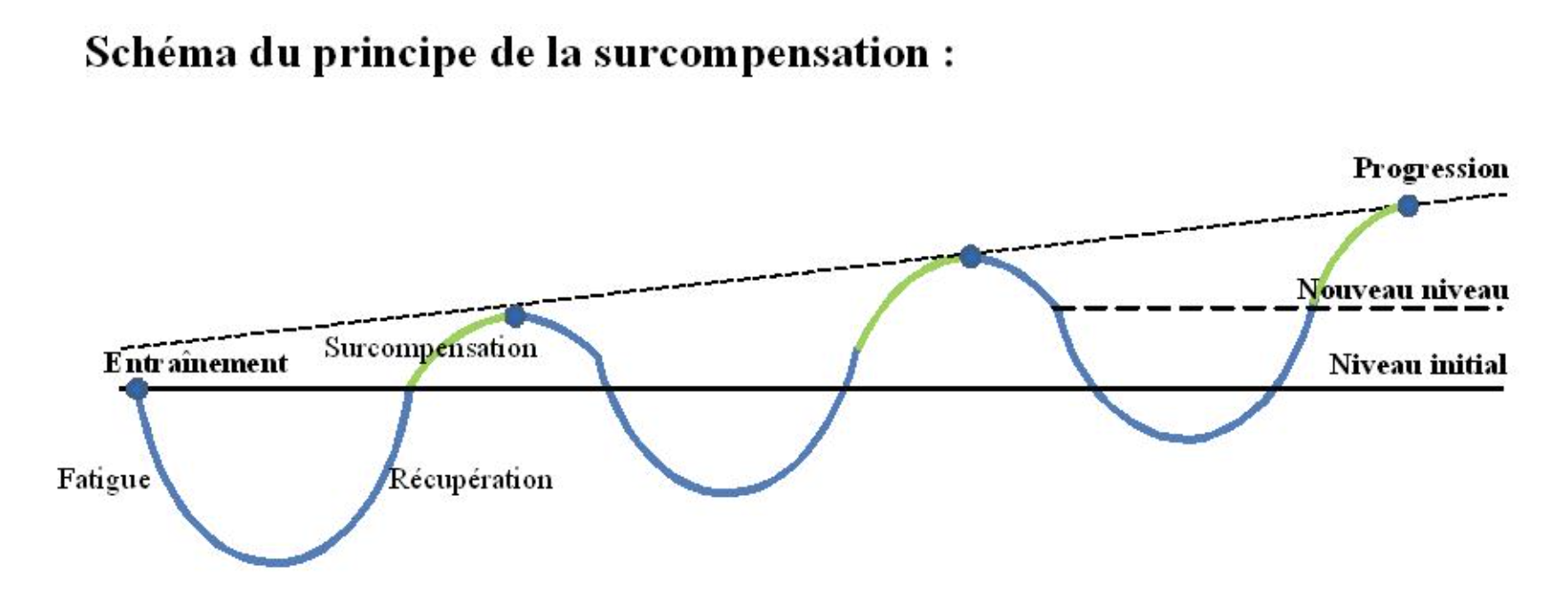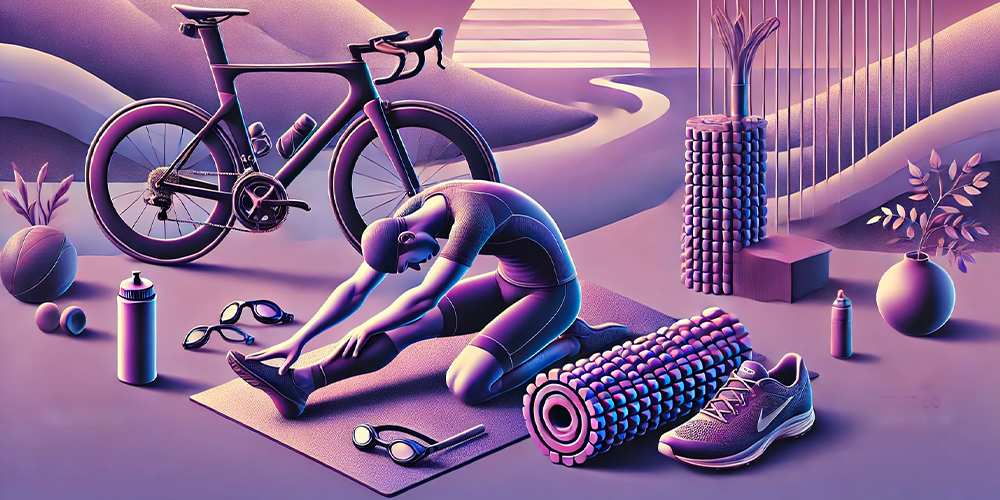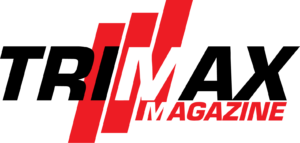Triathletes are well known for their determination in training. We chain together laps, kilometers on the bike, and runs because it gives us satisfaction and “soothes” our conscience. But even with all that energy, enthusiasm should not lead to haste. Recovery is essential to avoid mistakes and optimize performance.
Article published in TrimaX-magazine n°199– September 2020 Author: Simon Billeau
This article was provided to us by Trimax Magazine, one of the leading triathlon magazines. A new edition is published every month, featuring articles, profiles, race tips, equipment advice, and much more. To discover all the latest news in triathlon, cycling, running, duathlon, and swimrun for free, click here.
One of the great names in our sport, Simon Lessing, used to say: “If I win in triathlon, it’s not because I train more, but because I recover more than the others“. Recovery is often relegated to second place in our community’s priorities. However, it is an integral part of training. Poor recovery will have harmful effects on your future training or competitions, with the risk of overtraining.
When you finish a triathlon or an intense effort, it’s important to devote some time to recovery, and not just in the form of rest and a good meal rich in protein and slow carbohydrates. Here, we’ll describe a few simple recovery methods that will help you be at your best on the starting line of a triathlon or any multi-discipline event. Rest, stretching, massage, compression, electrostimulation, cold, and, of course, nutrition are the most efficient ways to recover.
Recovery: A Key Factor in Progression and Performance
But first, it’s useful to remind you that the recovery phase is fundamental to progression and physical performance. If recovery is insufficient after intense effort, the body cannot regenerate and create physiological adaptations. The recovery time after an “exhaustive” effort (like a VMA session) is around 72 hours. However, this time can be reduced by performing an active recovery session that includes a few short sprints (7-8 seconds, called anaerobic alactic sprints). These sprints speed up the removal of toxins without creating new ones.
Athletes are not always aware of this, but recovery is a key factor in their progress and is an integral part of the training process. Recovery also helps prevent overtraining and the associated injury risk. To properly link training sessions and races, recovery is the key to success! This is even more true for a triathlete who combines three disciplines, not to mention strength training, work, and family commitments…
Recovery allows athletes to regain all or part of their abilities after a session. This is the principle of supercompensation. This process allows for progress and achieving a higher level of performance.

Without a Recovery Phase, There’s Overtraining
When you chain training sessions without a recovery phase or the recovery phase is incomplete, you risk overtraining and exposing yourself to injury, like stress fractures. It can also manifest as deficiencies in vitamins and minerals, especially in women due to menstruation. One of the first signs to watch for is a loss of enjoyment in training. Then, performance levels plateau or even decrease. It’s recommended to cool down after each session, particularly when they’ve been intense.
Several methods can help athletes recover better and faster:
1. Massage
Massage relaxes muscles after they’ve been heavily exerted during effort. It helps reduce contractures, stiffness, and the perception of fatigue. It also plays a role in reducing delayed onset muscle soreness (DOMS).
Massage has benefits at several levels:
- Tendons: Increases flexibility and reduces adhesions.
- Circulation: Causes subcutaneous vasodilation, promoting venous return.
- Nervous system: Has an analgesic effect due to the “gate control” theory (this mechanism would inhibit the transmission of pain signals and reduce the perception of pain) and the release of endorphins (the pleasure hormone).
An effective massage should be performed from the distal to the proximal end to aid venous return. For a good massage, you can use manual techniques with essential oil blends that include arnica. Different massage techniques can be used, the most common being static pressure (on reflex points, trigger points, contracture points), sliding pressure, and deep kneading. You can also use tools to self-massage easily, effectively, and deeply, such as a roller or massage balls.
Massage Balls
They are very useful for deep, targeted self-massage. They come in different sizes to best fit the area being massaged:
- Small ones for the soles of the feet and the back
- Double balls, particularly suited for the back and spine with their hollow shape in the middle
- Large ones for the back and glutes.
Massage Rollers
The massage is done using body weight. There are several types of rollers:
- Soft, for a gentle massage with a smooth and comfortable foam
- Hard, for a more intense massage with hard, textured foam
- Electronic roller, for a vibrating massage, which brings even more relaxation to the muscles.
2. Compression
Compression helps reduce fatigue and muscle soreness by improving venous return and, consequently, blood circulation. It also increases blood flow and helps eliminate toxins accumulated during effort. Today, there are compression sleeves for legs as well as arms. It’s recommended to wear compression sleeves right after exercise, for at least 1h30 to 2h. It’s a simple, affordable, and effective way to optimize recovery.
3. Electrostimulation
Electrostimulation in the 21st century is well-documented, and the recovery benefits are scientifically proven. The types of exercises possible allow targeted recovery, primarily by reducing pain or improving venous return. Electrostimulation has an analgesic effect, helping to reduce soreness and relax muscles passively. You simply place electrodes connected to an electronic device that generates electrical impulses based on a set program.
4. Cold
Applying cold reduces the sensation of pain, swelling, and inflammation caused by effort. Cold helps regenerate micro-lesions created during a workout or competition. In addition, cold promotes blood circulation. There are different methods. The most affordable is to buy cold packs (previously placed in the freezer) or to take an ice bath. The editorial team’s tip is to add soda crystals to the bath. This helps relieve inflammation. In France, companies have started to popularize cryotherapy with gas: a device diffuses cold through the projection of dry gas.
5. Nutrition
Nutrition plays a key role in regenerating water and energy reserves.
Post-effort nutrition goals:
- Rebuild energy stores to be able to continue training sessions with carbohydrates, fats, and proteins. Remember, energy doesn’t only come from carbs!
- Rehydrate the body, as sports activity causes sweating and a significant loss of water and minerals. It’s important to consume water and sodium. The best option is to use a recovery drink with electrolytes.
- Repair muscle fibers damaged by training with protein.
- Restore pH balance. Intense physical effort acidifies the body. The bicarbonates in sparkling water help return the pH to neutral.
- Counteract free radical damage. Intense or prolonged training, and even more so competitions, produce free radicals that damage cells. Antioxidants found in foods like turmeric help counteract this harmful phenomenon.
- Restore immune defenses: intense effort weakens the immune system, making viral infections more likely. This is known as Pedersen’s “open window” effect. You should protect yourself during this period and boost your defenses with a healthy, seasonal diet.
As you can see, the human body has remarkable abilities to surpass itself. However, you must take care of it and listen to it. Simple methods can improve the recovery process. Above all, remember that without recovery, no performance is possible. Patience is the mother of all virtues!


